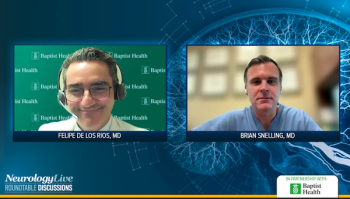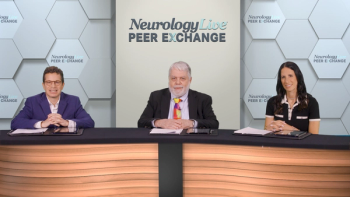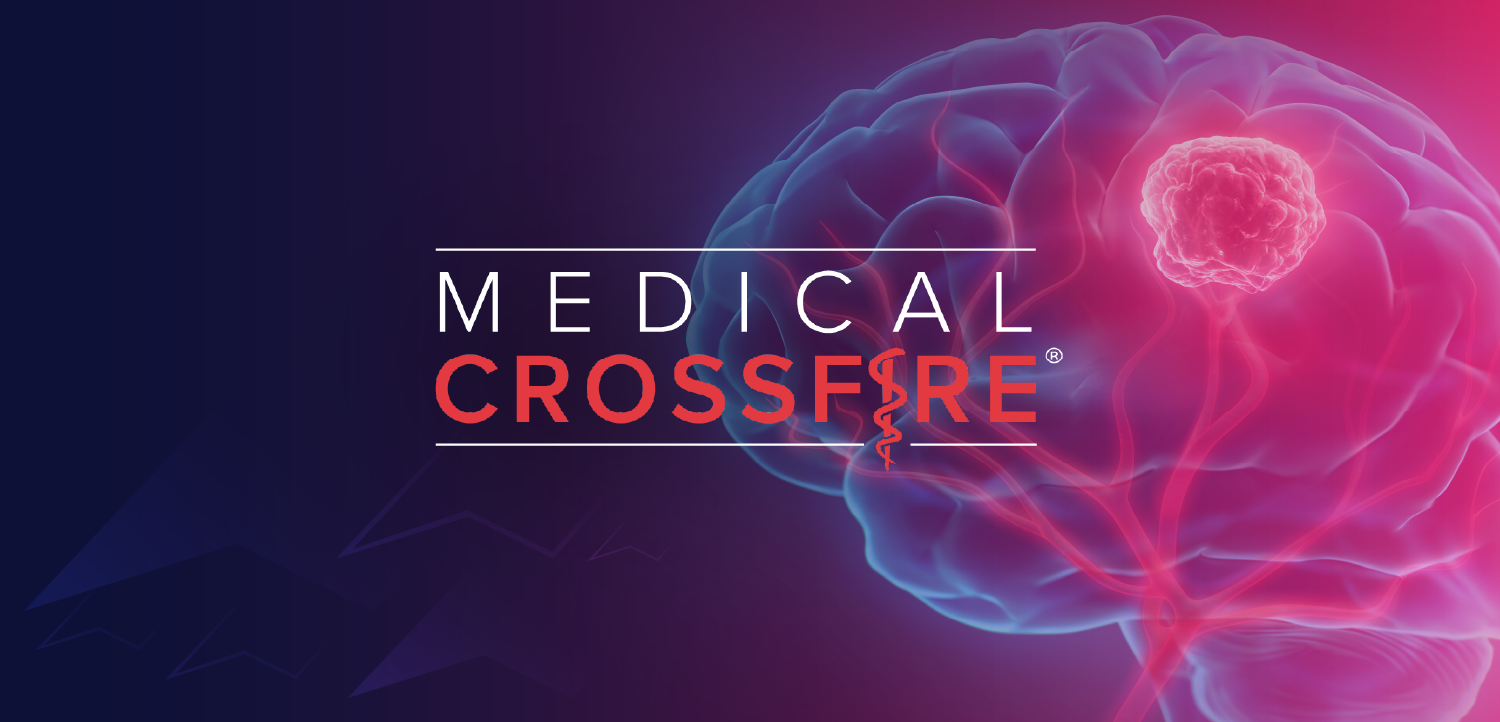
What Role Do Carotid Webs Play in Ischemic Strokes?
The treatment options for carotid webs with ischemic strokes have not been extensively investigated, and multicenter observational studies are warranted.
Diogo C. Haussen, MD
Recent research has explored the linkage between carotid webs and ischemic strokes, and although the clinical data is limited, it suggests that these vascular entities have an increased prevalence in cerebral ischemic events among patients younger than 60 years.
As such, a group of investigators from the Department of Neurology at Emory University Hospital and the Marcus Stroke and Neuroscience Center at Grady Memorial Hospital, including Song J. Kim, MD, Raul G. Nogueira, MD, and Diogo C. Haussen, MD, sought to expand upon the current understanding of and gaps in research for carotid webs in ischemic strokes.1
Ultimately, they found that the treatment options in carotid webs with ischemic strokes have not been extensively investigated, and multicenter observational studies evaluating the natural history of them are warranted.
To expand on their work and provide some insight into their knowledge of carotid webs, Kim and Haussen spoke with NeurologyLive in an interview.
NeurologyLive: What prompted you and your colleagues to conduct this review?
Diogo C. Haussen, MD, and Song J. Kim, MD: While there are case reports dating back to 1970’s describing this very unique vascular entity, carotid webs only recently came to bring more attention of the stroke community as a cause of ischemic stroke among relatively young patients (typically younger than 60 years old). This was an exciting finding indeed, especially as stroke neurologists, we spend a significant amount of time and resources hunting down the stroke etiology and trying to prevent recurrent events. So, given the recent spate of case series reported from multiple centers, we felt that a review article summarizing the existing data would serve a 2-fold objective: 1. As a helpful resource for physicians when evaluating young patients with no clear stroke cause; 2. As a springboard for more research.
How common are carotid webs and the strokes the cause?
It is not clear how common these carotid webs are in the general population. In a case-control series done at our center, we found that it constituted 0.6 % of all ischemic strokes. The changes of identifying a carotid web increases when only the cryptogenic strokes (of no other identifiable etiology) are considered. Altogether in the published case-control series, carotid webs were found in 9.4% to 37% of all cryptogenic anterior circulation strokes in patients younger than 60. This represents a sizable proportion of ischemic strokes with otherwise no other identifiable cause, possibly indicating that carotid webs may be the cause of ischemic stroke more commonly than previously thought.
What are the key points for the clinician community to understand with carotid webs?
Carotid webs are an intimal-predominant form of carotid fibromuscular dysplasia with a unique morphology, recognizable as a projectile shelf-like structure on the posterior aspect of internal carotid artery at carotid bulb. The proposed pathophysiological mechanism for ischemic strokes in presence of carotid webs is likely pooling of blood in the pocket within the shelf predisposing to the formation of thrombus, that can dislodge and cause anterior circulation strokes.
In our experience, CT angiogram is the best preferred imaging modality, especially if compared to Ultrasound or even non-contrast MRA. A common imaging differential is an arterial dissection, although dissections typically affect the middle and distal internal carotid artery and not the bulb, and may be associated with history of trauma, complaint of pain, etc.
What needs to be done to reduce this risk factor?
Carotid webs are made of fibrotic tissue and may be congenital, therefore it is unlikely that any regression can be achieved with blood thinners, smoking cessation, cholesterol, blood pressure or diabetes control (which should, regardless, be all carefully addressed to decrease the overall risk of strokes). The available evidence is limited but may indicate that anti platelet (like aspirin) monotherapy may be insufficient to prevent recurrent events in patients that present with their first stroke. A combination of antiplatelets or anticoagulation may be reasonable, and in certain cases revascularization (with surgery or stenting) can be discussed. Incidental carotid webs have not been demonstrated to be associated with increased stroke risk, therefore in such patient a much less aggressive approach is recommended.
REFERENCE
1. Kim SJ, Nogueira RG, Haussen DC. Current Understanding and gaps in research of carotid webs in ischemic strokes: a review. JAMA Neurol. Epub November 5, 2018. doi:10.1001/jamaneurol.2018.3366.
Newsletter
Keep your finger on the pulse of neurology—subscribe to NeurologyLive for expert interviews, new data, and breakthrough treatment updates.









































